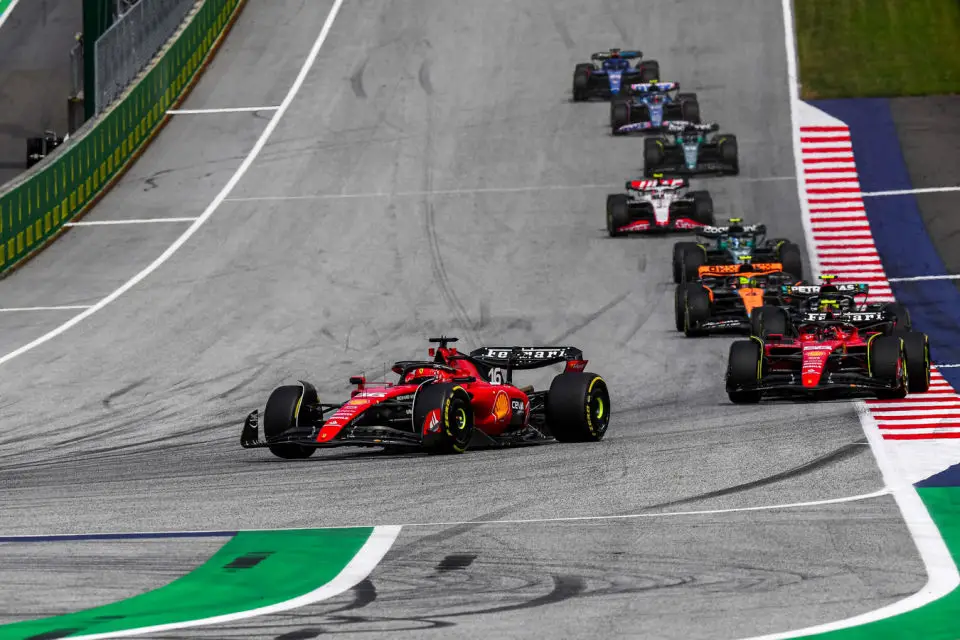F1 2026 Regulations: Stricter Weight Limits Imposed to Tame Increasing Car Weights
In a move to combat the bloating of Formula 1 cars, the FIA has announced a minimum weight restriction for the 2026 season. This decision follows extensive discussions and the evident struggle of teams to comply with the weight requirements in 2022.
Key Takeaways:
- New Era of Weight Management: Starting in 2026, F1 cars will have a minimum weight limit to address the issue of increasing car weights. This change is part of the major rule overhaul anticipated for that season.
- FIA’s Firm Stance: The FIA, led by Single-Seaters president Nikolas Tombazis, emphasizes the importance of adhering to this weight limit, indicating that there will be no upward adjustments post-implementation, contrary to what happened in 2022.
- Challenge for Teams: Teams will face challenges in meeting these new weight requirements. The FIA has clarified that excuses for overweight cars, like those seen in previous seasons, will no longer be acceptable.

The Formula 1 world is gearing up for a significant regulatory shift in 2026, with the FIA imposing a stringent weight limit on cars to tackle the persistent issue of ballooning car weights. This move comes after Alfa Romeo was the only team to meet the weight requirement in the 2022 season, forcing the FIA to raise the weight limit to accommodate other teams like Red Bull.
This decision marks a pivotal shift in the sport’s approach to car design and performance. The FIA’s intervention is not just about enforcing a rule but also about shaping the future of Formula 1 car design. With an approximate 50-kilogram reduction expected under the new rules, teams are compelled to focus more on efficiency and innovation in weight reduction.
Nikolas Tombazis, the FIA Single-Seaters president, spoke candidly about the challenges teams will face. His quotes underscore the FIA’s determination to stick to the new limits: “Clearly it will still be a challenge for the teams to achieve that low weight,” Tombazis stated. “They’re not going to have an easy ride there. But we are going to stick to the weight limit we’re going to impose, and we won’t be inflating upwards again. They [the teams] will just have to push harder to reduce the weight if they can’t make it.”
Tombazis also addressed concerns about crash test requirements hindering the weight limit settings, saying, “That has been discussed a few times, about whether we need the weight limit. But we believe that to get rid of it completely would be creating a never-ending battle of reducing the weight. That could have some unforeseen consequences. So, what we’re putting for 2026 will be a weight limit which afterwards will not change. We will not be succumbing to this continuous sort of haggling for a couple of kilos, where the teams say, ‘you’ve added the electrical, let’s add two kilos’, or the tyres are a bit heavier, let’s add another few kilos and things like that. We won’t be doing that. Teams will have to work to that limit. And I think there could be some teams that are a bit overweight in 2026.”
The FIA’s stance signals a new era in Formula 1, where efficiency and adherence to regulations will play a crucial role in a team’s success. It remains to be seen how teams will adapt to these changes and the impact it will have on the sport’s competitive landscape.


